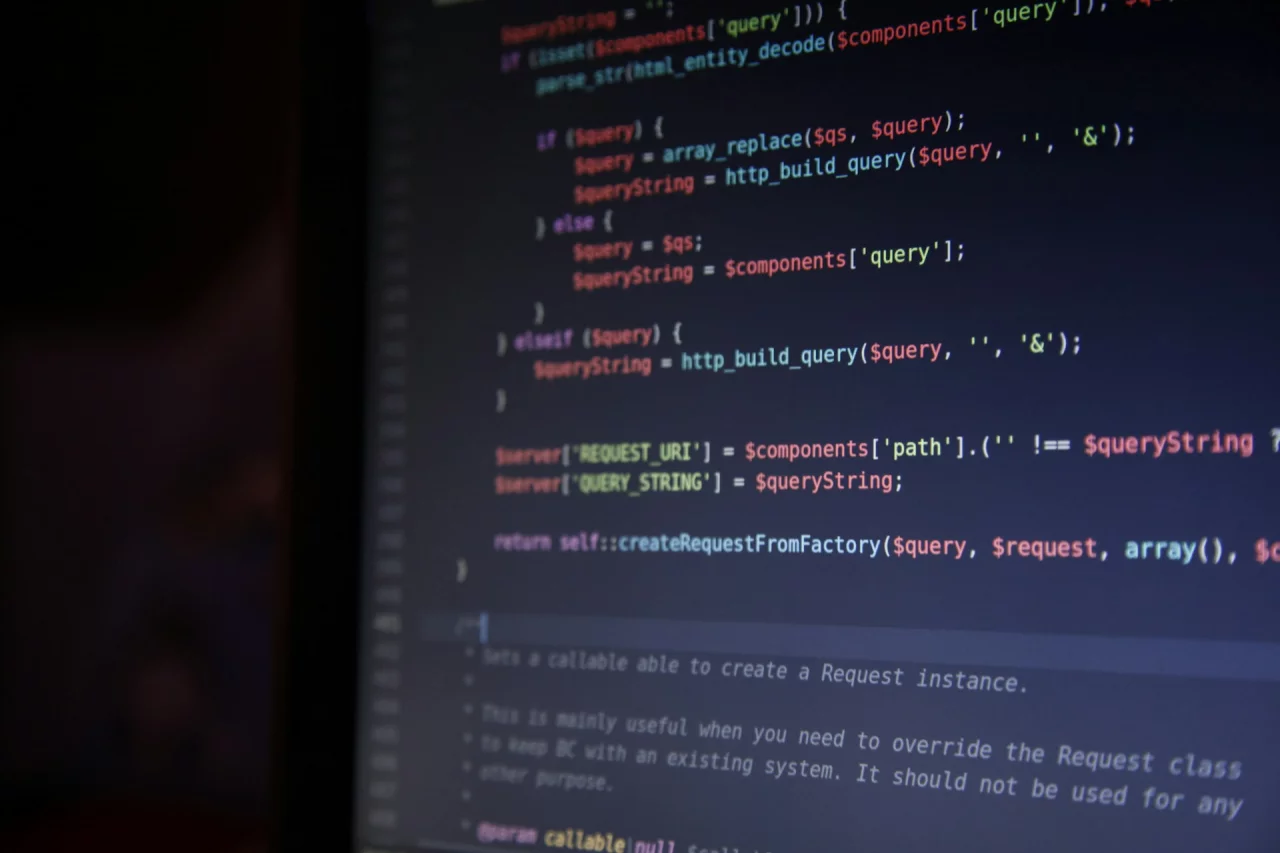Understanding Namespaces in PHP
Namespaces in PHP are essential for organizing code in larger applications. They allow developers to group related classes, interfaces, and functions together, avoiding name conflicts and improving code readability. In PHP, namespaces provide a way to encapsulate items and create a logical structure within your codebase.
The Importance of Using Namespaces
By using namespaces, you can ensure that class names and function names do not collide. This is particularly important when integrating third-party libraries into your project. For instance, if two libraries contain a class named Database, using namespaces allows you to distinguish between them without renaming the classes. This is crucial for maintaining clean and manageable code.
How to Define and Use Namespaces
Defining a namespace in PHP is straightforward. You can declare a namespace at the top of your PHP files using the namespace keyword. For example:
namespace MyApp\Database;This declaration allows all classes and functions defined in this file to belong to the MyApp\Database namespace. To use a class from a namespace, you can either specify the full path or use the use statement for simplification.
Best Practices for Naming Namespaces
When creating namespaces, it is advisable to follow certain best practices. A commonly used convention is to use the reverse of your domain name as the namespace root. For example, if your website is example.com, your namespace could start with com\example. This helps in uniquely identifying your code across various projects.
Namespaces and Autoloading
Namespaces tie in closely with autoloading in PHP. Autoloading allows you to automatically include class files when an object is instantiated, improving performance and organization. With modern frameworks, like Composer, setting up namespace autoloading is seamless and helps maintain a structured directory that corresponds to your namespaces.
The Role of Namespaces in PSR Standards
PHP-FIG has established PSR standards (PHP Standards Recommendations) that encourage the use of namespaces in PHP projects. PSR-0 and PSR-4 are particularly relevant as they provide guidelines for autoloading classes based on their namespace structure. Adhering to these standards not only enhances interoperability but also facilitates easier collaboration in larger teams or open-source projects.
Explore the related articles below to deepen your understanding of namespaces in PHP and discover best practices for implementing them effectively in your projects!
